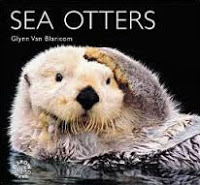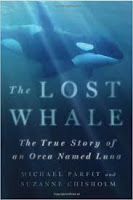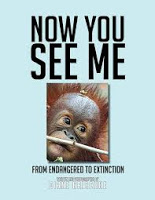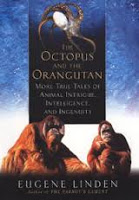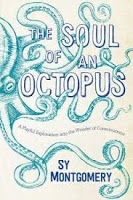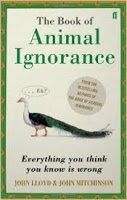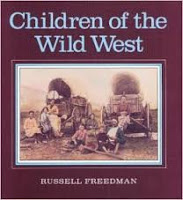by Glenn Van Blaricom
A nice introduction to sea otters, this short book tells a lot about their biology, lifestyle and interactions with people, including the often negative consequences. How otters cope with living in the cold water, their diet, what is known about their breeding habits and life cycle, methods used to study them and so on. I didn\’t know there are two species of otter that use ocean waters- marine otters rest and breed on land and only the sea otter spends its entire life in the water. As a key predator otters influence their environment significantly- they must eat a lot to keep up body heat so they actually compete with shellfish harvesting. Ironically this wasn\’t even an industry until otter populations were decimated by fur hunters. On the other hand, otters keep down numbers of sea urchins which can consume so much plant and algae life they turn large areas of ocean floor into an aquatic desert. It\’s a complicated issue. I was surprised to learn that even though otter populations had recovered encouragingly since hunting them was banned in 1911, they had a seventy percent population decline in the decade prior to this book\’s publication. Their new threats are conflicts with fishing industries, pollution and oil spills, poaching for illegal fur trade, legal harvest by native tribal groups and a shift in feeding habits by orcas- which now often eat otters.
Sea otters are so charming, and the pictures in this book are very appealing. I learned why sea otters perform those amusing contortions in the water, rolling with their paws held up (seen in a lot of cute videos posted online)- they like to keep their paws dry when resting (keeps them warmer) but have to roll themselves to stay anchored in the kelp which gradually unravels as the wind and waves move.
I picked up this book at a discard sale. You might think from its length and numerous large pictures that it\’s juvenile non-fiction but the writing is quite sophisticated. An easy read in one sitting for me, however it might be a bit beyond my ten-year-old.Very educational, interesting reading and good quality photographs. I have a number of books from this WorldLife Library series published by Voyageur Press, and they\’re all good.
Rating: 4/5 72 pages, 2001
